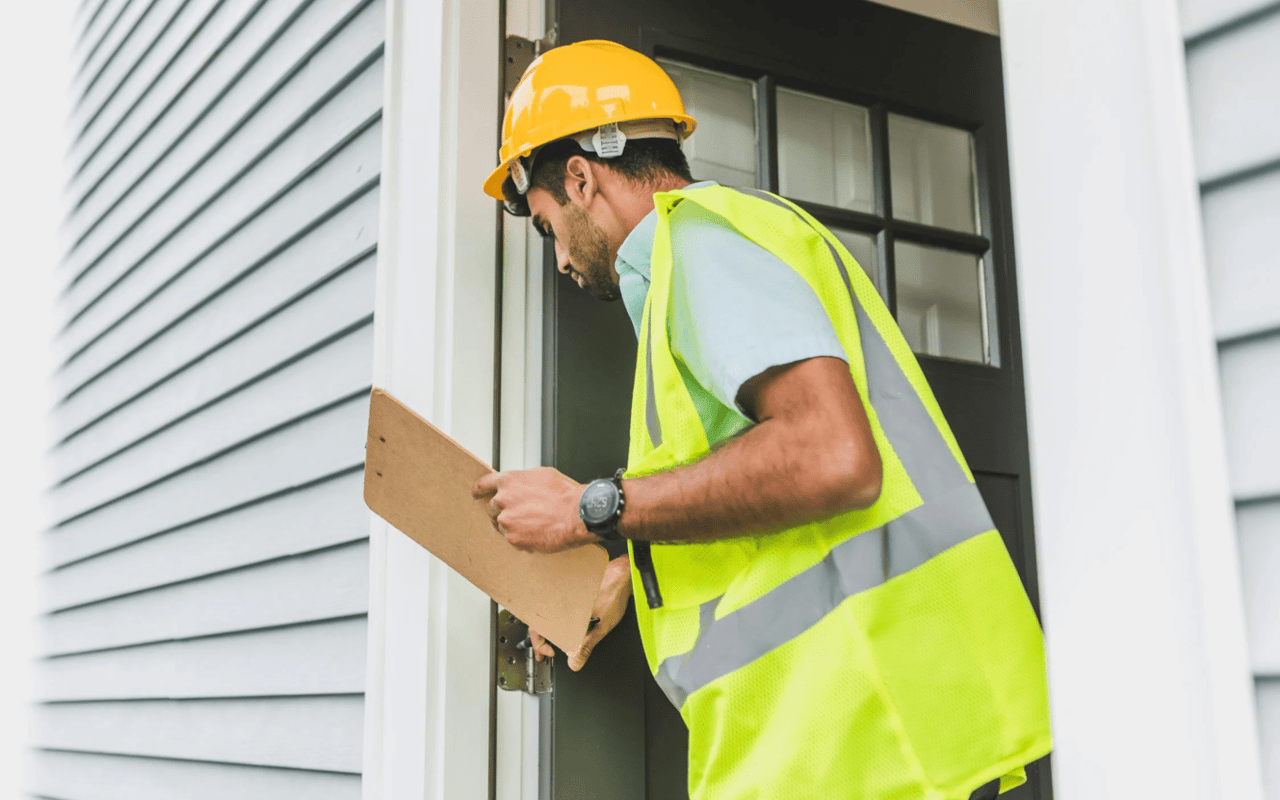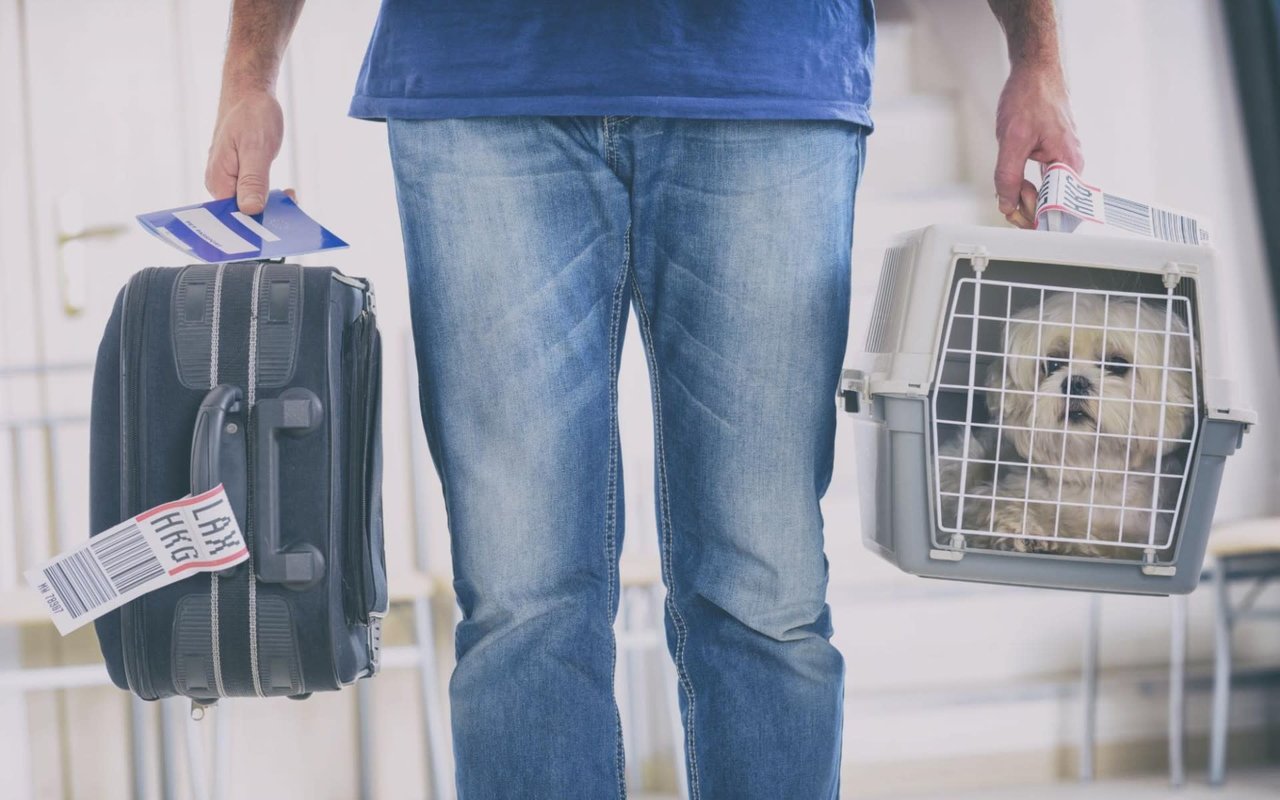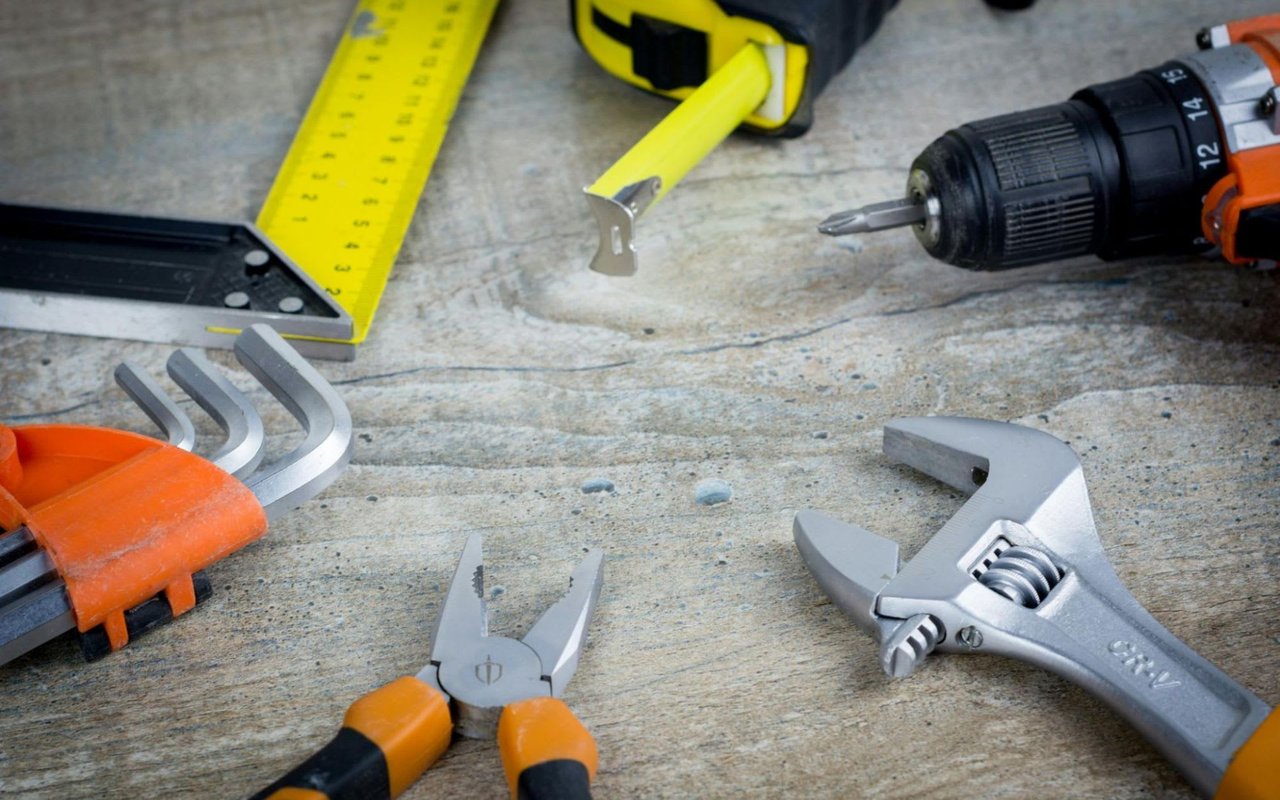Selling a home in Kailua Kona involves more than just listing the property; it’s about presenting it in the best possible condition to attract serious buyers. One essential step to consider is getting a home inspection before selling. A pre-listing inspection allows you to identify and address any issues upfront, helping you price your home accurately, avoid last-minute surprises, and enhance buyer confidence. Here’s a comprehensive guide on why a home inspection before selling is crucial for homeowners in Kailua Kona.
What Is a Pre-Listing Home Inspection?
A pre-listing home inspection is a comprehensive examination of a property conducted by a certified home inspector before the home goes on the market. Unlike a buyer’s inspection, which the potential buyer initiates after an offer is made, a pre-listing inspection allows the seller to understand their home's current condition ahead of time. This inspection covers all major systems and structures, including the roof, foundation, plumbing, electrical, HVAC, and more.
Benefits of a Home Inspection Before Selling
Opting for a home inspection before selling offers several advantages for homeowners, particularly in a competitive market like Kailua Kona.
- Uncover Potential Issues Early: Identifying issues early allows sellers to address necessary repairs on their terms. This can help avoid surprises during the buyer’s inspection, which could lead to renegotiations or even lost sales.
- Price Your Home Accurately: Knowing the exact condition of your property allows you to set a realistic price that reflects its value. If your home inspection reveals that everything is in great shape, you can confidently set a higher asking price.
- Boost Buyer Confidence: When potential buyers see that a pre-listing inspection has been completed, it can enhance their confidence in the home's condition, making them more likely to submit an offer without excessive contingencies.
- Speed Up the Sale Process: By addressing issues upfront, you reduce the likelihood of lengthy negotiations and delays, helping the transaction proceed more smoothly.
What to Expect During a Home Inspection
Understanding what happens during a home inspection can help you prepare your property and manage expectations. A typical inspection can take anywhere from 2-4 hours, depending on the size and condition of the home. Here’s a breakdown of what inspectors usually check:
- Roof: Inspectors will check the roof for damaged or missing shingles, leaks, and its overall condition.
- Foundation: The inspector will assess the foundation for cracks, settling, or structural issues that could affect the home’s stability.
- Plumbing: Pipes, water heaters, and fixtures will be examined for leaks, corrosion, and proper functionality.
- Electrical Systems: Inspectors will check wiring, electrical panels, outlets, and light fixtures to ensure safety and compliance with current standards.
- HVAC System: Heating, ventilation, and air conditioning systems will be tested to ensure they function efficiently.
- Interior and Exterior: Walls, ceilings, floors, windows, and doors will be inspected for any signs of damage or needed repairs.
Once the inspection is complete, the inspector will provide a detailed report outlining the findings, including any recommended repairs or updates.
How to Prepare for Your Home Inspection
It’s important to prepare your property ahead of time to get the most out of your inspection. Here are some tips to ensure a smooth process:
- Clean and Declutter: A tidy home allows inspectors to access all areas easily. Clear out storage spaces, garages, and attics so the inspector can do a thorough job.
- Provide Access: Ensure that all areas of the home, including the attic, basement, and crawl spaces, are accessible. Unlock gates, cabinets, and doors that may need to be inspected.
- Make Necessary Repairs: If you’re already aware of minor issues, such as a leaky faucet or a broken light fixture, address them before the inspection. Small repairs can make a big difference in the overall report.
- Have Documentation Ready: Gather any receipts or documentation for recent repairs or upgrades, such as a new roof or HVAC system. This can demonstrate that maintenance has been performed regularly.
What to Do After the Home Inspection
Once you receive the inspection report, review it carefully to determine which repairs or updates are necessary. It’s important to focus on issues that could affect the safety or function of the home, as these will be most concerning to potential buyers. If the report highlights significant problems, consider consulting a professional contractor to estimate repairs and decide whether to fix the issues or adjust your asking price accordingly.
If your report is generally positive, use it as a selling point. Presenting a clean inspection report to potential buyers can give you a significant advantage, showing that your property is in excellent condition.
If your report is generally positive, use it as a selling point. Presenting a clean inspection report to potential buyers can give you a significant advantage, showing that your property is in excellent condition.
Conclusion
Investing in a home inspection before selling is a smart strategy for homeowners in Kailua Kona. Not only does it provide peace of mind, but it also helps sellers understand their property’s current condition and address any issues proactively. By doing so, sellers can better position their properties for a successful sale, attracting confident buyers who are ready to make competitive offers.
Contact Ellison Team Hawaii for Expert Selling Advice
Ready to sell your home? A pre-listing home inspection can make all the difference in your selling experience. For expert guidance on preparing your property or to discuss your real estate goals, contact Ellison Team Hawaii. Their knowledgeable team is here to help you navigate the process and ensure your home stands out in the competitive Kailua Kona market.



































